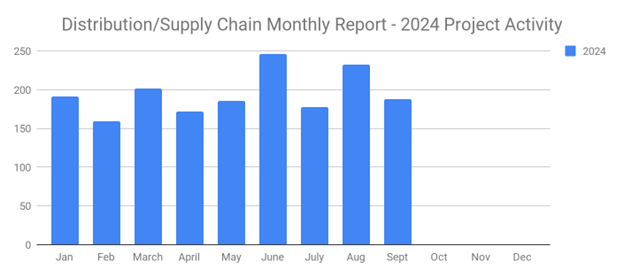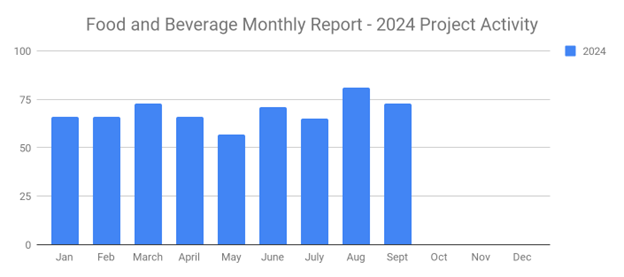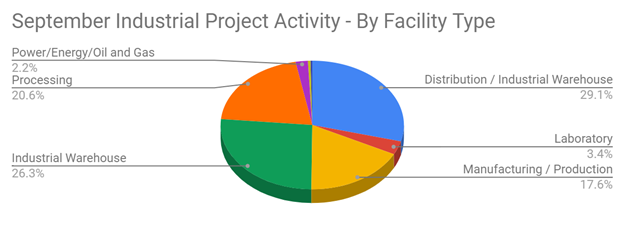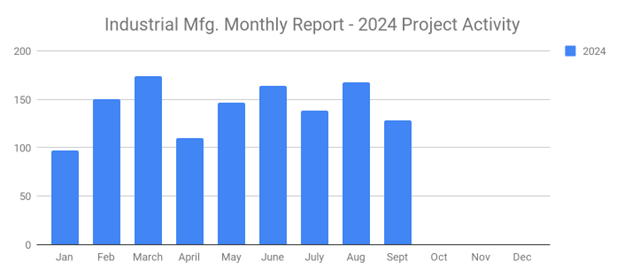-
Posted On Wednesday, July 01, 2020 by Evan Lamolinara

Setting goals is important for the success of business-to-business (B2B) companies. Without goals, you won't have a benchmark to measure your progress, which usually results in lackluster performance and growth. Unfortunately, this is an all-too-common mistake made by B2B companies. They focus their efforts strictly on selling a product or service, turning a blind eye to goals. To prevent this from happening with your organization, you should follow these tips for setting short- and long-term sales goals.
Identify the Sales Cycle
Before setting goals, you must first identify the sales cycle. In other words, how long does it take to convert a prospect into a customer? If you sell industrial equipment to other construction companies, it may take up to six months. On the other hand, if you sell personal protective equipment (PPE) like hard hats and impact-resistant eyewear, it may happen within days. The average length of your sales cycle will affect your short- and long-term goals.
View Past Sales
After identifying your sales cycle, you should go back and review your company's past sales. After all, the purpose of setting goals is to help your company improve, so you need to sell more products or services than what you did in the past. If you make fewer sales --- or the same amount -- you aren't making any improvements in your sales tactics. Therefore, you should review your company's past sales data, using this as a benchmark to set your goals.
Short-Term Sales Goals
Short-term sales goals should be attainable, reasonable, yet still an improvement over your historic sales. Again, the length for short-term sales goals will vary depending on your sales cycle. With that said, however, it's not uncommon for industrial B2B companies to create short-term sales goals every six to eight months. If you sold 850 units over a six month period, perhaps a short-term goal can be 900. That's not a substantial difference, but it's still an improvement over past sales.
Long-Term Sales Goals
On the other hand, long-term sales goals should look farther down the line, typically over the course of several years. Rather than limiting long-term goals strictly to sales, however, you should consider other metrics like growth rate. A B2B industrial company, for instance, may set a long-term sales goal of growing by 10% annually over the next 10 years.
By including both short- and long-term sales goals in your company's sales strategy, you'll have a road map that guides you to success.
What to learn more? Get in Touch
Latest Posts
-

A Comprehensive Overview of 188 New Distribution and Supply Chain Projects for September 2024
-

73 Fresh Food and Beverage Projects in September 2024: Industry Growth and Opportunity
-

September 2024 Latest Trends in Industrial Project Activity for Construction Projects
-

128 Promising Industrial Projects on the Horizon for September 2024
